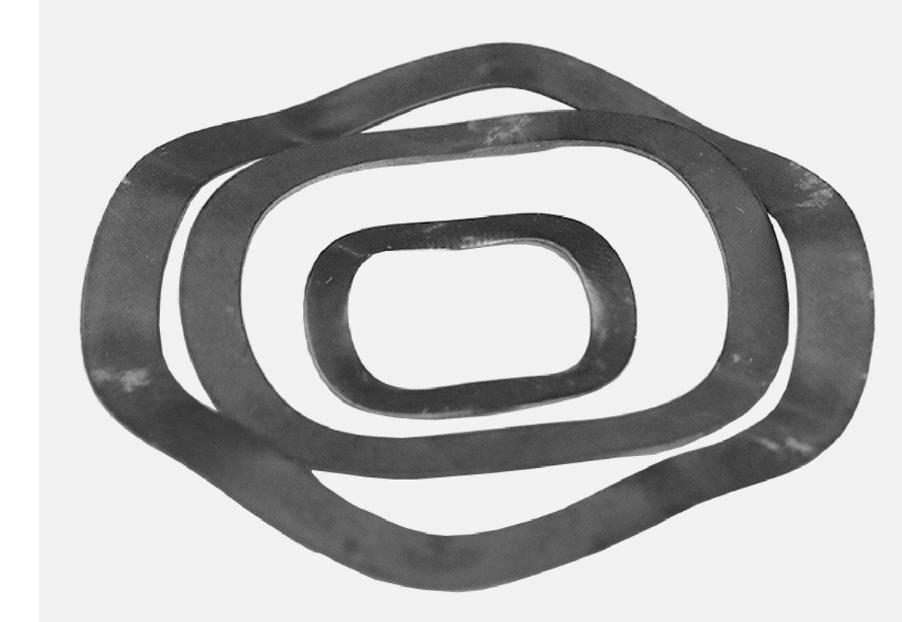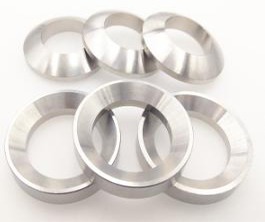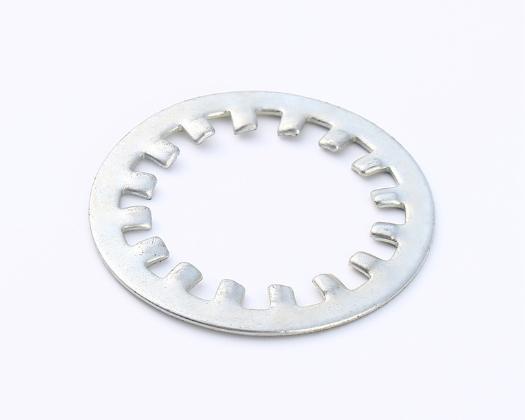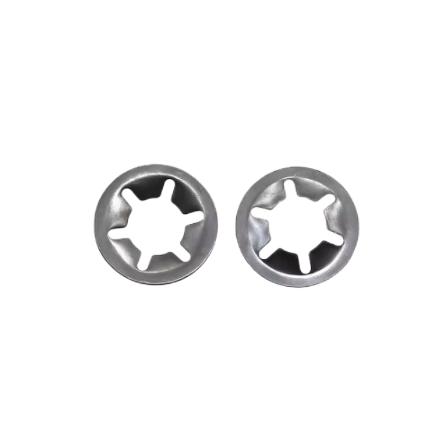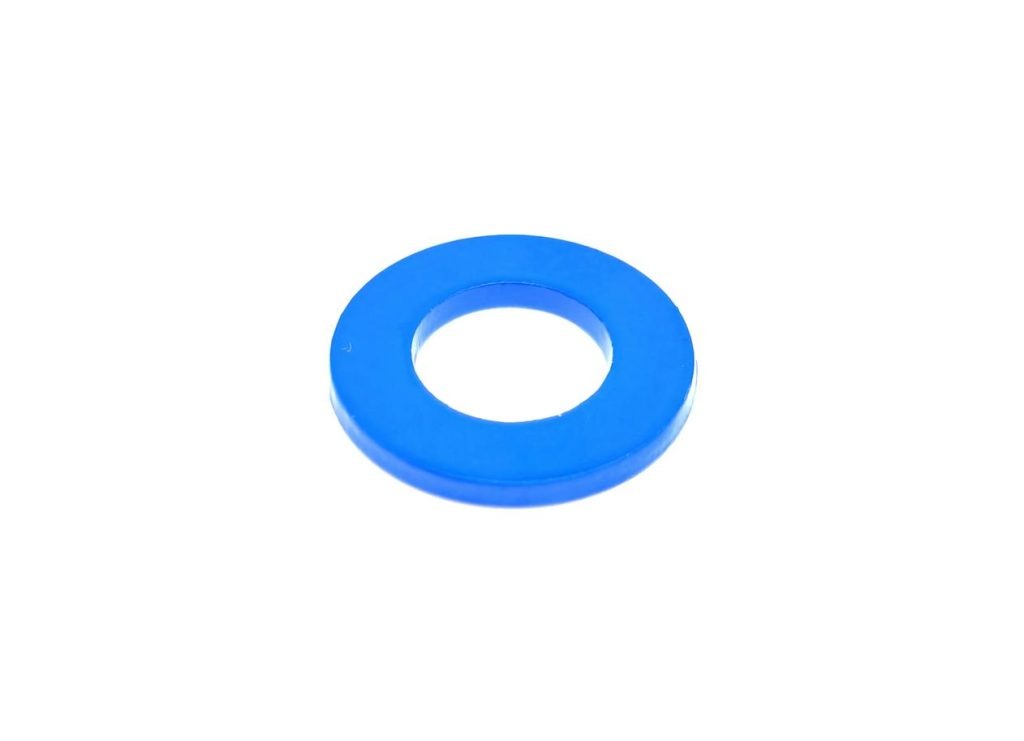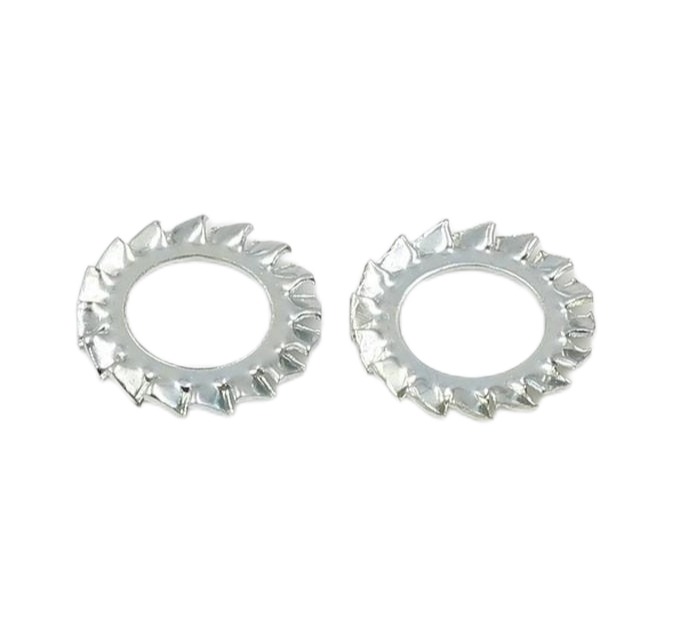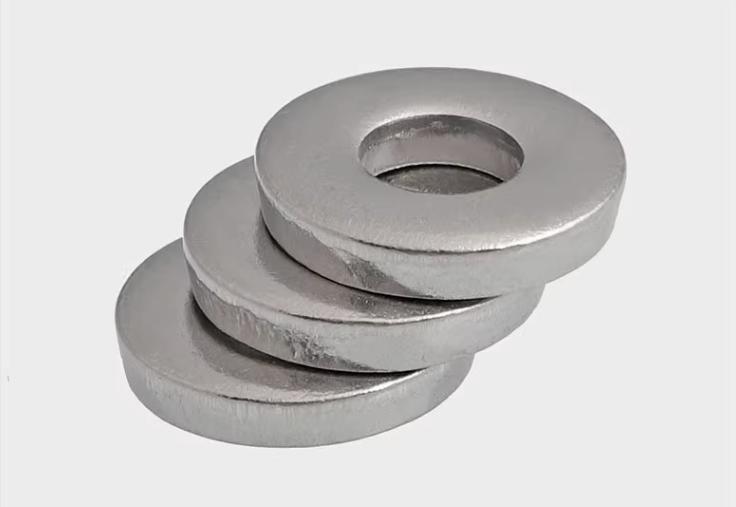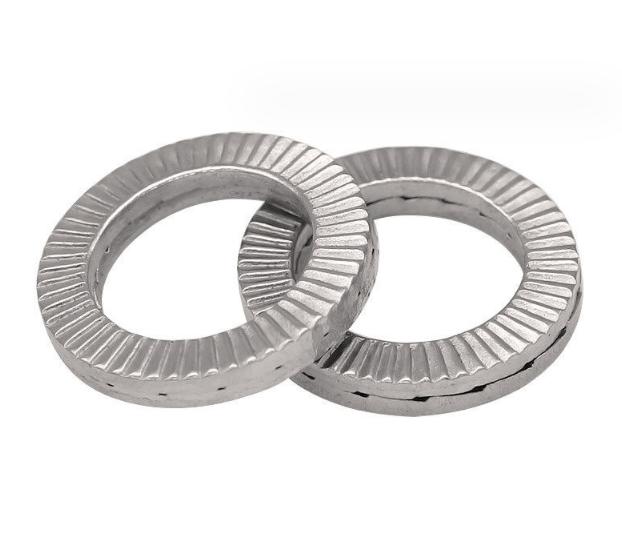How to Improve the Self-aligning Feature of Spherical Washers?
Table of Contents
The primary function of spherical washers is to compensate for the angular discrepancies, providing even load distribution and reducing stress on fasteners and surfaces. Improving the self-aligning feature of spherical washers can significantly enhance their performance, ensuring longevity and operational efficiency.
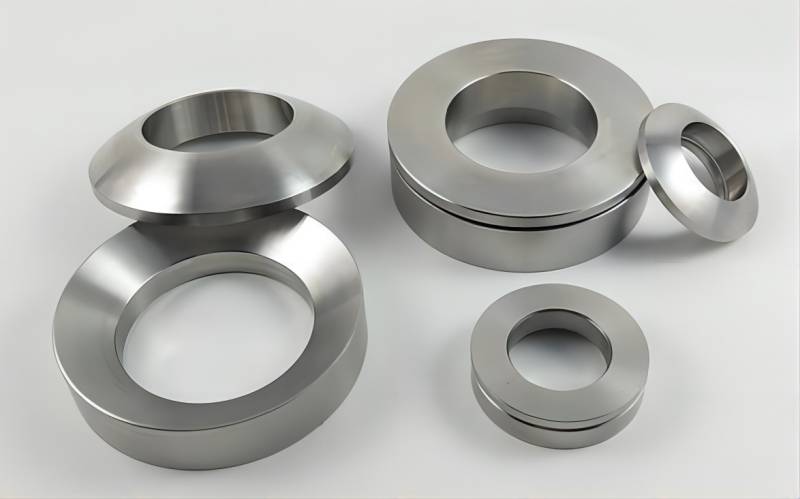
Why the Self-Aligning Feature of Spherical Washers is Important
Spherical washers are designed to correct misalignment between bolted surfaces. The self-aligning feature of spherical washers is crucial because it allows the washers to automatically adjust to angular misalignments between surfaces, which ensures even load distribution, reducing stress on fasteners and preventing damage to components in applications where surfaces are not perfectly parallel. By compensating for these misalignments, the self-aligning feature enhances the performance, durability, and safety of assemblies, especially in industries like automotive, aerospace, heavy machinery, and construction. This feature is essential for maintaining the integrity and efficiency of bolted connections under dynamic and heavy loads.
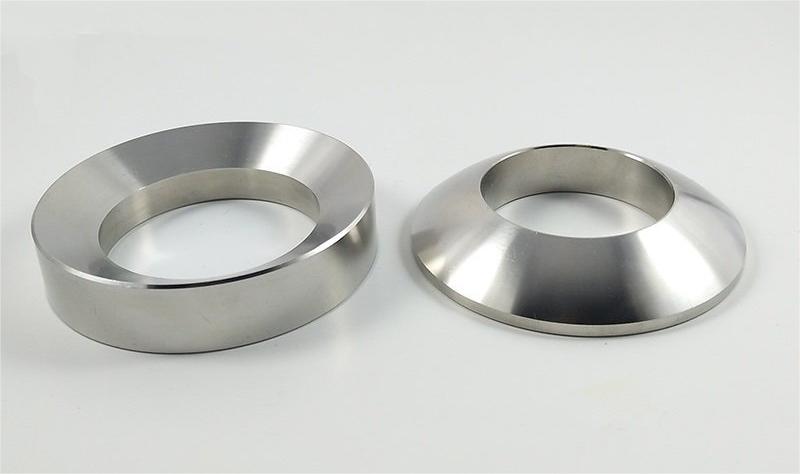
Key Methods to Improve the Self-aligning Feature of Spherical Washers
1. Material Selection
The choice of material plays a critical role in improving the self-aligning features of spherical washers. These washers are commonly made from high-strength steel, stainless steel, or other alloys that offer durability and resistance to corrosion. However, using advanced materials like hardened steel, coated alloys, or even ceramic composites can significantly enhance their performance.
- Hardened Steel: Hardened steel washers offer better resistance to deformation, allowing the washer to maintain its shape under high loads and ensuring optimal alignment throughout its service life.
- Coated Alloys: Coatings such as zinc plating, phosphate, or even Teflon provide additional protection against corrosion, wear, and friction, which can improve the self-aligning capability by ensuring smooth movement between the convex and concave surfaces.
- Ceramic Composites: In extreme environments, ceramic materials can offer superior heat resistance and friction reduction, making them a suitable choice for improving alignment in high-temperature applications.
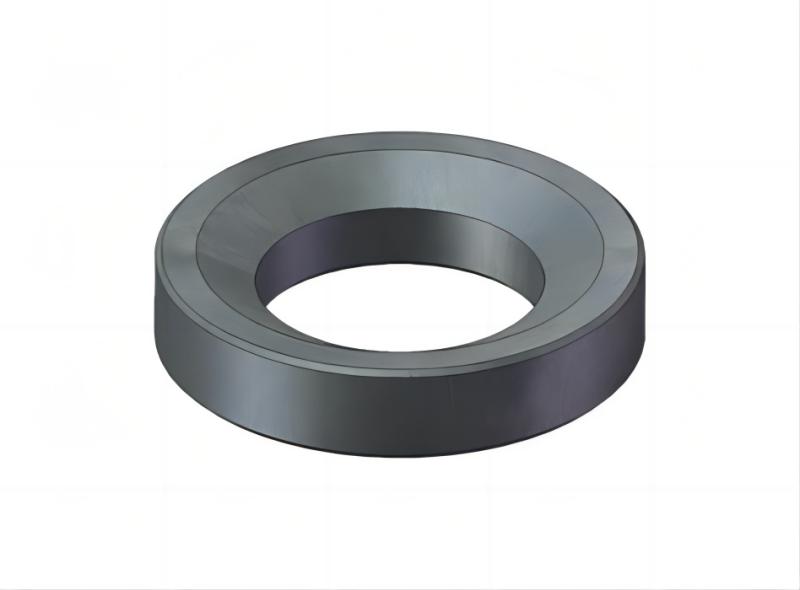
2. Surface Treatments
Surface treatments are essential for reducing friction between the mating surfaces of the washer components.
This chart lists various surface treatments applied to spherical washers and explains how they improve the spherical washer’s self-aligning features by enhancing durability, reducing friction, and increasing resistance to environmental factors.
| Surface Treatment | Description | Benefits |
| Phosphate Coating | A chemical treatment that creates a corrosion-resistant layer of phosphate on the surface of the washer. | – Improves corrosion resistance – Enhances durability – Reduces friction |
| Zinc Plating | Electroplating the spherical washer with a thin layer of zinc to provide corrosion protection. | – Protects against rust – Extends service life – Reduces wear in harsh environments |
| Teflon Coating (PTFE) | A non-stick coating that reduces friction between the washer and adjacent components. | – Minimizes friction – Improves load distribution – Enhances movement in alignment adjustments |
| Black Oxide Coating | A chemical coating that provides a black finish and increases resistance to corrosion without adding thickness. | – Enhances wear resistance – Provides mild corrosion protection – Improves appearance |
| Nickel Plating | Applying a layer of nickel for both decorative and protective purposes, offering a hard, smooth surface. | – Improves hardness – Enhances corrosion resistance – Reduces surface roughness for better alignment |
| Electropolishing | A process that removes surface imperfections and increases smoothness by electrochemically removing material. | – Reduces friction – Enhances cleanliness and surface finish – Improves performance in alignment |
| Passivation | A treatment that enhances the natural corrosion resistance of stainless steel by removing contaminants. | – Maximizes corrosion resistance – Prevents oxidation – Improves longevity in harsh environments |
| PVD (Physical Vapor Deposition) | A thin film coating that adds hardness, wear resistance, and corrosion protection to the washer surface. | – Improves wear resistance – Enhances hardness – Provides superior corrosion protection |
| Anodizing (for aluminum) | An electrochemical process that thickens the oxide layer on aluminum spherical washers, increasing corrosion resistance. | – Improves surface hardness – Enhances corrosion resistance – Increases wear resistance |
| Nitride Hardening | A heat treatment that introduces nitrogen into the surface of the washer to increase hardness and fatigue resistance. | – Improves wear resistance – Enhances fatigue strength – Reduces deformation under high loads |
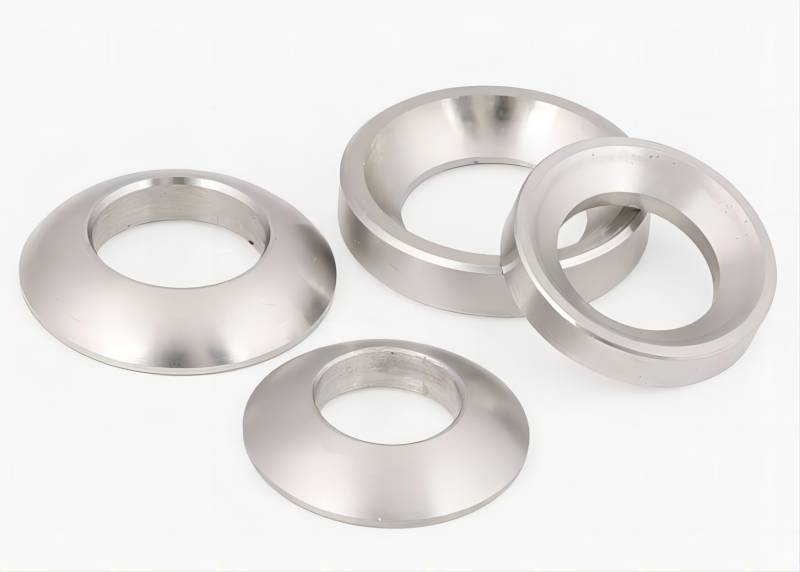
3. Design Optimization
The geometric design of spherical washers can be optimized to improve their self-aligning feature. Several factors, including the angle of the mating surfaces, washer thickness, and load distribution, influence how well the washer can accommodate misalignment.
- Optimal Angle of Mating Surfaces: Adjusting the angle between the convex and concave surfaces can enhance the range of angular adjustment. By optimizing this angle, the washer can better align with surfaces that have greater angular discrepancies.
- Enhanced Curvature Matching: Ensuring that the radius of curvature between the convex and concave washers is precisely matched can minimize localized stress concentrations. This allows for smoother movement and prevents wear, leading to more efficient self-alignment over time.
- Load-Distributing Design: Design improvements that focus on evenly distributing loads across the washer’s surface can reduce the chances of misalignment. A properly designed spherical washer will minimize stress concentrations and allow for a more uniform distribution of forces, improving the overall self-aligning capability.
4. Lubrication
Lubrication plays a crucial role in maintaining the self-aligning feature of spherical washers. A well-lubricated washer ensures that the mating surfaces can move smoothly, reducing friction and wear over time. Choosing the right lubrication method depends on the specific application and environmental factors.
- Grease: In high-load or heavy-duty applications, grease can provide long-lasting lubrication between the convex and concave surfaces. It helps reduce friction and prevents wear, thereby improving the washer’s ability to self-align under extreme conditions.
- Dry Lubricants: For applications where traditional lubrication methods might fail, such as in high-temperature environments, dry lubricants like graphite or MoS₂ can be used. These materials provide a lubricating layer that allows for smooth movement while withstanding extreme temperatures and pressures.
- Periodic Maintenance: Regular lubrication maintenance is essential for spherical washers used in critical applications. Routine inspection and re-lubrication help ensure the washer continues to perform optimally, maintaining its self-aligning properties throughout its service life.
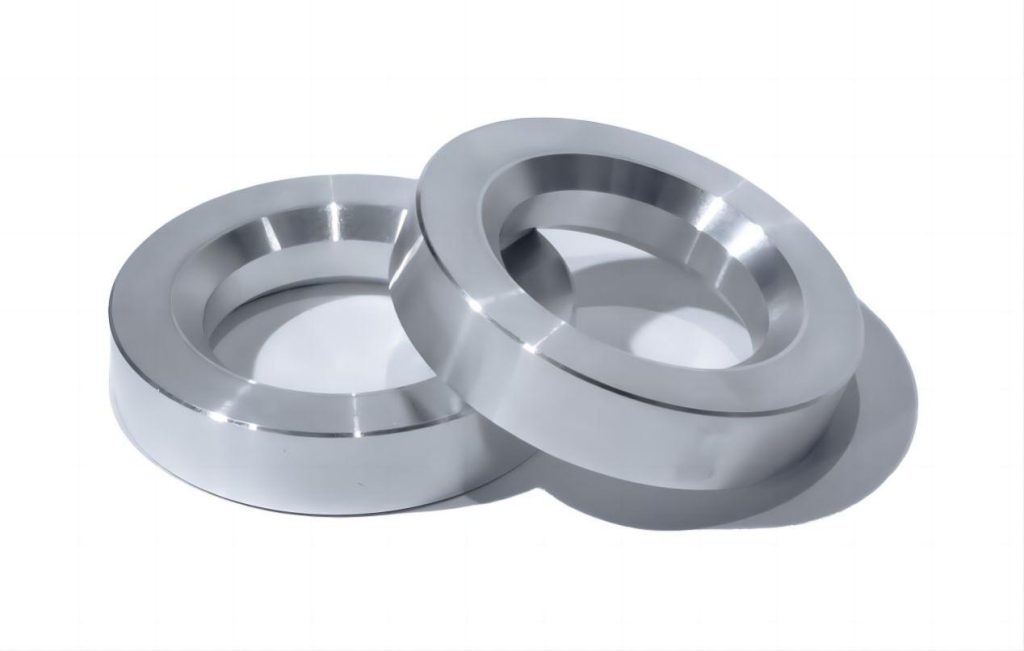
Applications of Improved Self-Aligning Spherical Washers
This chart highlights the various applications of improved self-aligning spherical washers across industries and the benefits they provide in each setting.
| Industry | Application Areas | Benefits |
| Automotive Industry | – Suspension systems – Engine and powertrain mounts – Steering assemblies | – Compensates for misalignment – Enhances handling – Reduces wear on components |
| Heavy Machinery | – Cranes and hoists – Excavators – Earthmoving equipment – Industrial presses and machines | – Ensures joint stability – Distributes heavy loads evenly – Extends machine life |
| Construction | – Steel building structures – Bridges – Communication towers – Foundation bolting | – Corrects angular discrepancies – Prevents structural fatigue – Enhances load distribution |
| Aerospace | – Aircraft engine mounts – Landing gear assemblies – Aircraft structural joints | – Maintains alignment under vibration – Improves safety – Reduces stress on critical components |
| Marine Applications | – Propeller shafts – Rudder assemblies – Marine engines – Offshore platform components | – Handles dynamic forces – Resists corrosion – Maintains alignment under motion and loads |
| Energy & Power Generation | – Wind turbines – Hydropower plants – Thermal power plants | – Enhances efficiency – Reduces wear from misalignment – Accommodates thermal expansion and contraction |
In summary, to improve the self-aligning feature of spherical washers, attention must be given to material selection, surface finishing, design enhancements, lubrication, etc. By optimizing these aspects, the performance of spherical washers can be significantly enhanced, ensuring better angular compensation, improving load distribution and extended service life in demanding applications.

